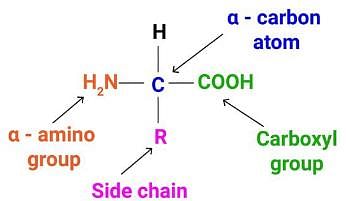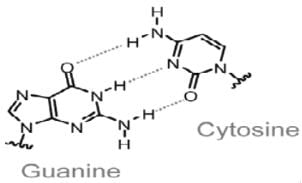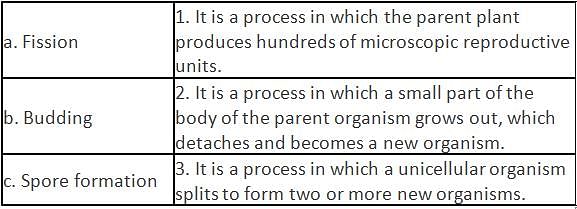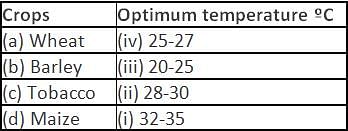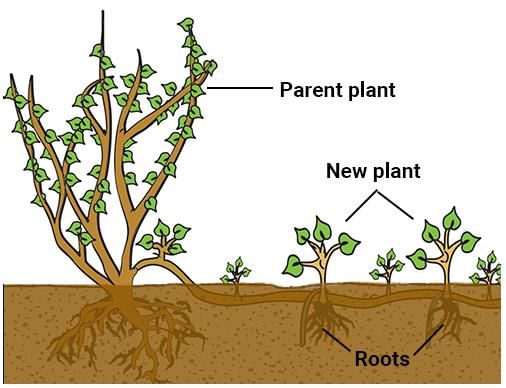Agriculture: CUET Mock Test - 5 - CUET Humanities MCQ
30 Questions MCQ Test - Agriculture: CUET Mock Test - 5
_______ is a system which avoids use of synthetic inputs like fertilizers, pesticides and hormones.
Which of the following atmospheric factor(s) influence(s) evapotranspiration?
________ is the ratio of the amount of moisture present in the air to the saturation capacity of the air at a particular temperature
Which of the following chemical preservatives is/are added in tomato sauce to extend its shelf life?
Directions: In the following question, two statements are given. One is assertion and the other is reason. Examine the statements carefully and mark the correct answer according to the instructions given below.
Assertion: Cell wall is generally absent in animal cell.
Reason: Animal cells are covered by a cell membrane.
Which of the following functional groups is present in amino acids?
Which of the following methods use animals, insects and other species to control weed?
Which of the following is a symptom of sick animal?
Which of the following is/are the disadvantage(s) of food processing?
Which property of sugar makes it a good food additive?
Guanine is held by three hydrogen bonds with the base
Which of the following is an indigenous breed of cow?
The development of an embryo without fertilisation is called:
The plant part to be cultured in vitro is known as
Which of the following weather forecasts is valid up to only 3 days or 72 hours and is issued twice a day?
Which form of artificial plant propagation allows buried branch segments to develop their own roots?
Activity which inactivates the enzyme actions is known as:
Directions: Match the following crops with their correct optimum temperature.
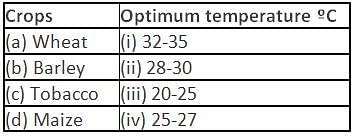
Which of the following methods was/were used by the rural people of India for water harvesting?
Which of the following options is correct with respect to the statements given below?
Statement A: The places in the interior of the continent experiences the most effect of the sea.
Statement B: The places far from the sea have higher range of diurnal (daily) and annual temperatures.
Which of the following is not a benefit of water harvesting?
Pruning of plants promote branching because the axillary buds get sensitised into
The moving wind uses the mountain chains as _______ to cause rainfall.



